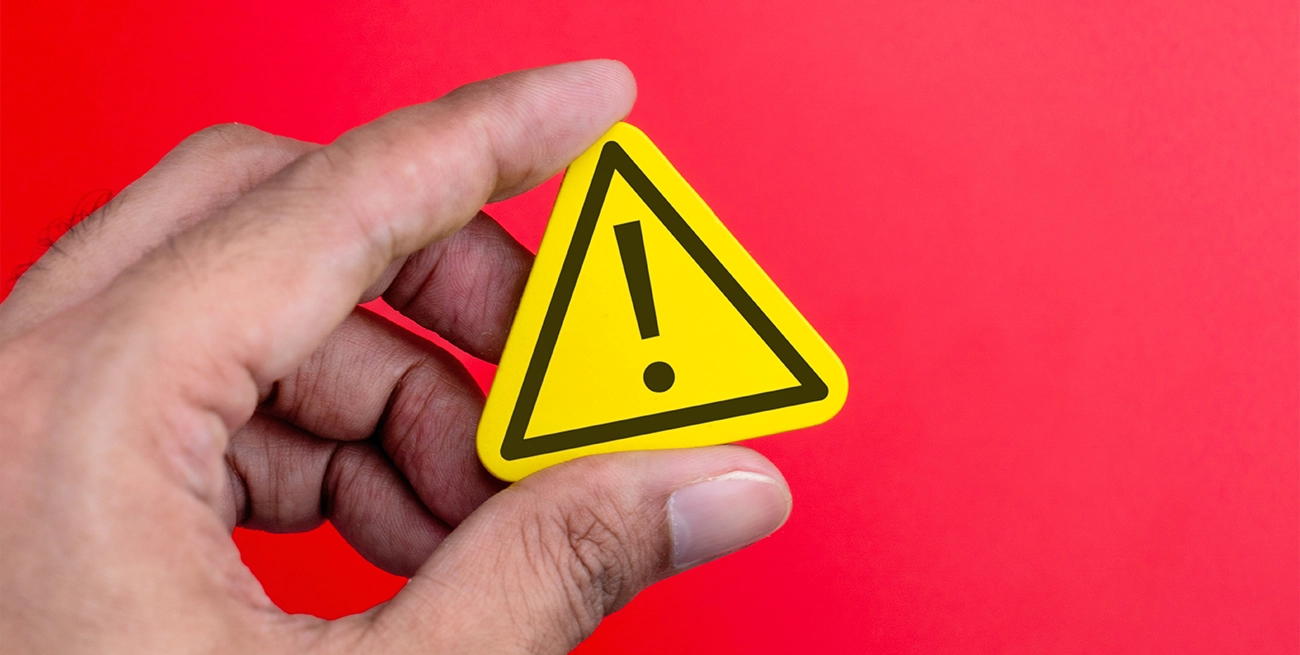Teaching Employees to Spot and Prevent Hazards

Walk through any industrial site, and you'll see work happening at full speed—machines running, forklifts moving, and teams handling everything from raw materials to finished products. A well-oiled operation keeps things running smoothly, but when hazards go unnoticed, even small mistakes can lead to serious problems.
Training workers to recognize risks and take action isn’t about handing them a safety manual and hoping for the best. It has to be practical, engaging, and built into the daily routine. The best workplaces don’t just meet safety standards—they create a mindset where spotting and fixing hazards becomes second nature.
Making Safety Training Stick
A common mistake in safety training is turning it into a box to check off. If employees sit through a lecture filled with regulations and technical terms, they’re likely to forget most of it by the time they’re back on the floor. People learn best when they’re actively involved.
One of the most effective ways to train employees is to make it hands-on. Instead of just talking about hazards, show real-life examples in their work environment. If a machine has a pinch point, have workers identify it. If a chemical station requires specific handling procedures, let employees walk through each step.
Short, frequent training sessions work better than long, one-time meetings. A quick five-minute talk before a shift can focus on a specific hazard—like ladder safety or proper lockout procedures—so the information is fresh when it’s needed.
Encouraging Workers to Speak Up
No one knows a workplace better than the people on the ground. Employees see hazards firsthand, but if they don’t feel comfortable reporting them, risks will go unchecked. Some workers hesitate because they don’t want to slow things down or they assume someone else will handle it. Others worry about being seen as complainers.
Supervisors need to set the tone by making safety discussions part of everyday conversations. Instead of waiting for an annual review, ask workers regularly if they’ve noticed anything that seems unsafe. Recognizing employees who bring up concerns—whether it’s through a simple thank-you or a safety recognition program—encourages others to do the same.
Turning Hazard Identification into a Skill
Some hazards are obvious, like a wet floor or an exposed wire. Others require a trained eye. Workers who know what to look for can catch risks before they turn into incidents.
One way to sharpen this skill is through hazard hunts. Divide employees into small teams and give them a specific area to inspect. Challenge them to find anything that could pose a danger, from improper stacking of materials to missing protective guards. Compare notes afterward and discuss why each hazard matters.
Another method is storytelling. When workers hear about real accidents—especially ones relevant to their job—it sticks with them. Sharing stories from within the company or from industry reports helps connect safety rules to real consequences. If a minor slip led to a serious injury somewhere else, it might make someone think twice before ignoring a spill.
Teaching Mitigation as a Habit
Spotting a hazard is only half the battle. Employees also need to know what to do next. Some fixes are simple—wiping up a spill or moving an obstacle—but others require proper reporting and follow-up.
Make it clear who employees should report hazards to and how to do it quickly. If there’s a form to fill out, keep it short and easy to access. If reports disappear into a black hole with no action, workers will stop making them. Keeping people updated on what’s being done about their concerns builds trust in the process.
Encourage workers to think about prevention as part of their regular tasks. If a piece of equipment is prone to overheating, regular maintenance checks can prevent breakdowns. If workers frequently lift heavy items, adjusting workflows to use mechanical aids can reduce strain. The goal is to make hazard prevention automatic, not something extra to worry about.
Leading by Example
The fastest way to kill a safety program is for leadership to ignore it. If a supervisor skips wearing protective gear or overlooks unsafe behavior to keep production moving, employees will follow suit.
Managers who take safety seriously set the standard. That means following the same rules, addressing hazards immediately, and backing up employees who raise concerns. Safety isn’t just the responsibility of a dedicated department—it’s part of how a workplace runs every day.
At the end of the day, training employees on hazard identification and prevention isn’t about checking off requirements. It’s about creating a workplace where people watch out for each other, speak up when something isn’t right, and take action before small risks turn into big problems. The best safety programs aren’t just policies—they’re part of how people work, think, and look out for each other every day.


